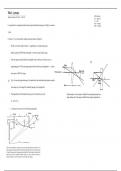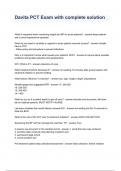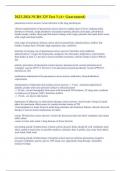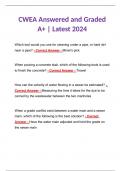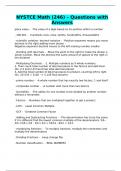Summary
Summary LAB NOTES: WEEK 4 OF PHYSICS 3LC AT UCI
- Institution
- University Of California - Irvine
Typed notes covering Physics Lab (3LC) week 4 lab theory and experiment. Contains notes corresponding to lab sections 4.3.2-4.3.4 and corresponding labeled diagrams.
[Show more]
